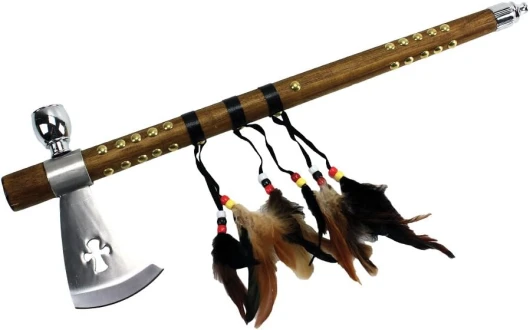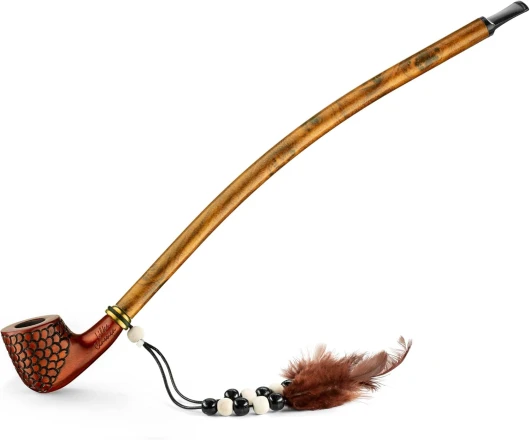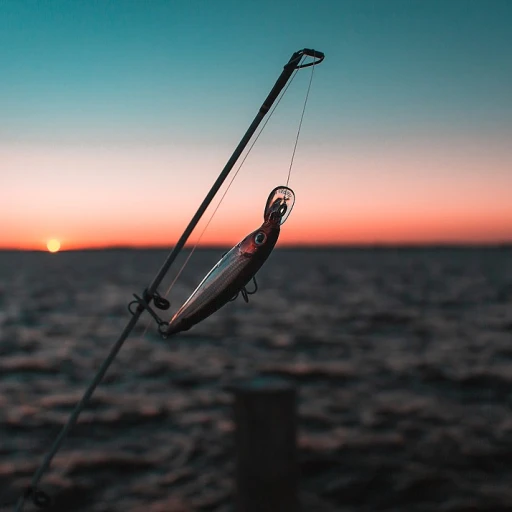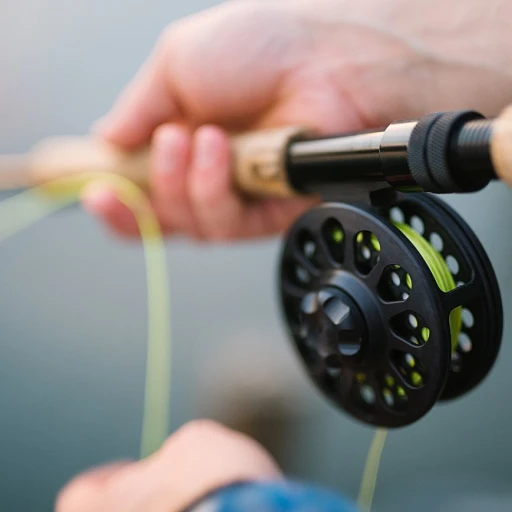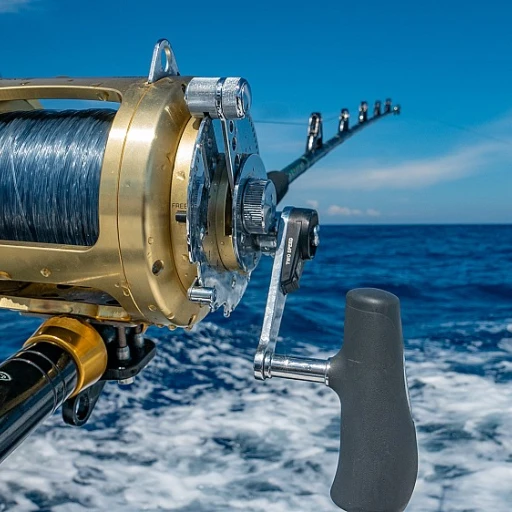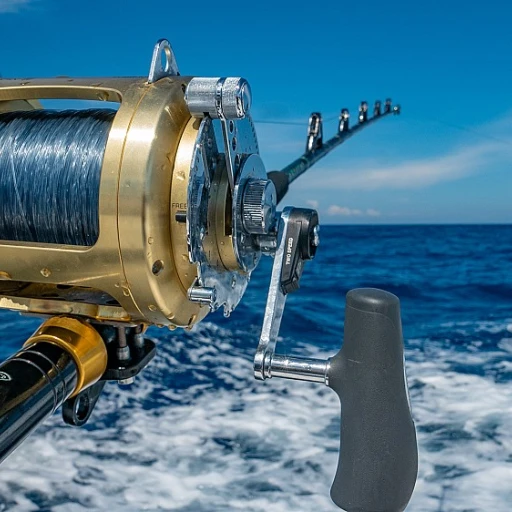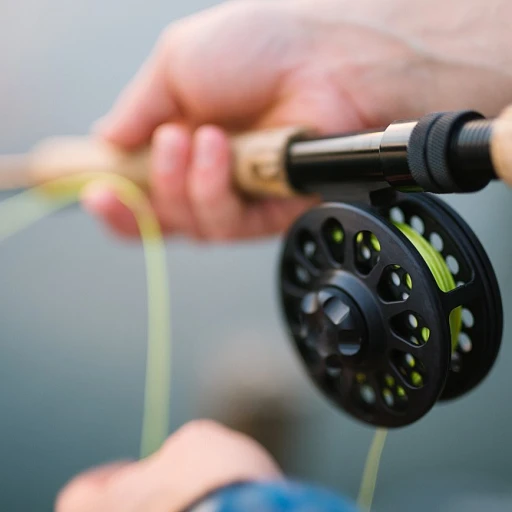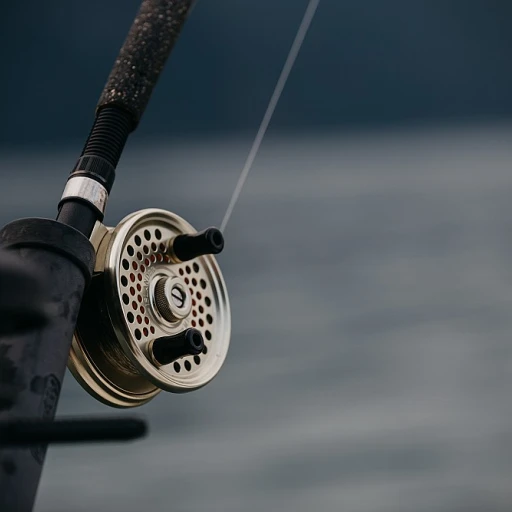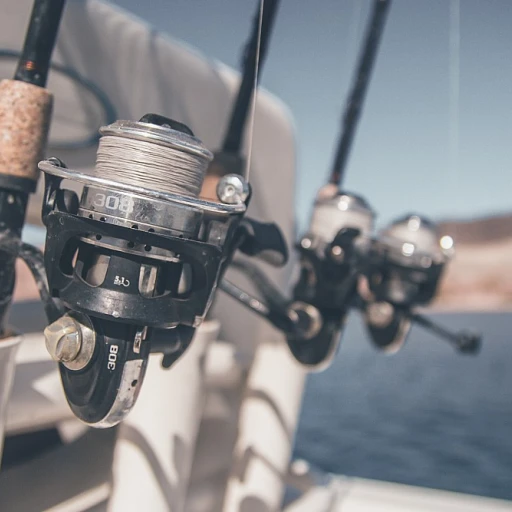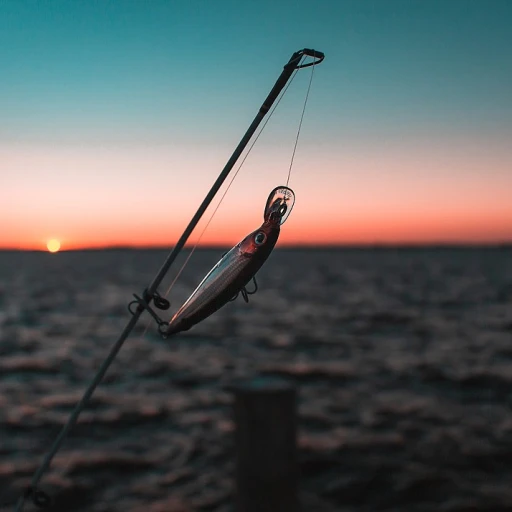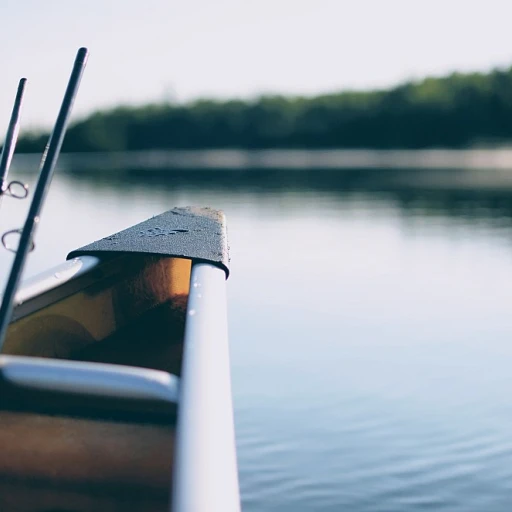
Understanding the Native Indian Peace Pipe
Discovering the Historical Context
The Native Indian Peace Pipe, also known as the 'Calumet,' holds a profound place in the traditions of various Native American tribes. With its intricate bead work and antler bowl, it directs us towards a tapestry of cultural significance that extends beyond its physical form, into rich symbolic expressions and rituals. Traditionally, peace pipes were employed in ceremonial practices, solidifying alliances and ensuring harmony among tribes.
Today, these authentic native artifacts are revered not just as static artistic pieces but as fully functional ceremonial tools. Often crafted from materials like antlers and decorated with beads or feathers, peace pipes serve as a manifestation of craftsmanship. For example, an authentic American pipe or a beaded Navajo pipe offers a glimpse into the traditions and practices of the indigenous cultures that fashioned them.
Although once an integral part of tribal diplomacy, these pipes now hold a different kind of value. Today, collectors may find them in an artist's studio or on sale with a hefty price tag due to their cultural and historical importance. Understanding the origins and uses of peace pipes reveals dimensions of the Native American way of life and enlivens our modern appreciation for these artifacts. To delve deeper into this historical perspective, explore the legendary catch that brought communities together and how fishing, too, has been interwoven into cultural narratives over centuries.
Symbolism and Meaning
Symbolic Resonance of the Peace Pipe
The Native American peace pipe, often referred to as the "pipe of peace," holds profound symbolic meaning within various indigenous cultures. This ceremonial pipe, crafted with care and precision, is more than just a tool; it is a vessel of spiritual and communal connection. The peace pipe, or calumet, is traditionally used in sacred rituals, symbolizing unity, agreement, and the forging of bonds. Its significance is deeply rooted in the traditions of tribes such as the Navajo and other Native American communities.
The peace pipe's symbolism extends beyond its immediate cultural context. The pipe features, including its antler bowl and beaded decorations, are not merely aesthetic but carry deep cultural meanings. The antler, often used in crafting the bowl, represents strength and endurance, while the bead work signifies the intricate and interconnected nature of life. These elements together create an authentic native artifact that is both beautiful and meaningful.
In the realm of recreational fishing, understanding the cultural significance of such items can enhance the experience, offering a deeper appreciation for the traditions that have shaped these practices. Just as the peace pipe is a symbol of harmony and respect, incorporating these values into fishing can foster a more respectful and sustainable approach to the sport.
For those interested in exploring the cultural significance of traditional practices, the art and science of pickling fish offers another fascinating intersection of culture and recreation.
Connection to Nature and Fishing
Bridging the Gap: Nature and Cultural Practices in Fishing
Connecting traditional elements with modern recreational fishing can elevate the experience, creating a deeper bond with nature. The Native Indian peace pipe, or ceremonial pipe, symbolizes this connection. Traditionally, these pipes were used in rituals, representing peace and union with the natural world. Incorporating such culturally significant artifacts into fishing allows enthusiasts to feel a part of something larger than themselves. Using tools that are inspired by Native practices isn't just about paying homage; it’s about understanding the harmony between humans and nature. The peace pipe, with its beautiful artistry often featuring antler and beaded work, reflects the importance of respect for wildlife and land. Whether it's a fully functional piece or an authentic native artist's creation, the craftsmanship of these pipes is unparalleled. Additionally, there's a growing interest in products such as the tomahawk pipe. These items, which hold ceremonial value, are beautiful yet serve a dual purpose, enhancing the fishing experience by symbolizing unity with the environment. Being mindful of this history brings meaning beyond the catch itself, adding depth to the trip. This approach ensures conversations not only center around the catch size, but also the cultural significance of the journey as a whole. For more insights into the fascinating connections between culture and fishing, explore how such cultural practices enhance experiences, much like witnessing the biggest fish ever caught brings awe and appreciation for nature's magnificence. The integration of native elements in fishing products not only respects age-old traditions but also enriches the modern fisherman’s journey, drawing a beautiful connection between cultural reverence and contemporary practices.Incorporating Cultural Practices in Fishing
Bridging Traditions in Modern Angling
Incorporating cultural practices into recreational fishing can enrich the experience, offering a deeper connection to the environment and the traditions that have long respected it. The Native American peace pipe, with its rich history and symbolism, serves as a profound reminder of the harmony between humans and nature. As anglers, understanding and respecting these traditions can enhance our appreciation of the sport.
Many fishing enthusiasts are now exploring ways to integrate cultural elements into their practices. This includes using tools and accessories that reflect the artistry and craftsmanship of Native American culture. For instance, a tomahawk pipe or a ceremonial pipe can be more than just a decorative piece; it can symbolize a commitment to respecting the waters and the life within them.
Craftsmanship and Cultural Significance
The creation of these items often involves intricate bead work and the use of natural materials like antler and white stone, which are not only beautiful but also carry cultural significance. An authentic native piece, such as an antler bowl or a beaded pipe, can be a meaningful addition to any angler's collection, serving as a reminder of the respect and balance that should be maintained with nature.
While these items can be found for sale and added to your cart, it's crucial to ensure they are authentic and crafted by recognized artists. This not only supports the cultural heritage but also ensures that the items are fully functional and true to their intended purpose.
Respecting Traditions and Nature
By incorporating these cultural elements into fishing, we not only honor the traditions of the American Indian communities but also foster a deeper connection to the natural world. This practice encourages a view of fishing that goes beyond the catch, emphasizing respect for the environment and the cultural practices that have long guided sustainable interaction with nature.
Challenges in Recreational Fishing Products
Balancing Tradition with Modern Needs
The integration of cultural practices, like the use of the native peace pipe, into recreational fishing products presents several challenges. The harmonization of traditional values with contemporary functionality requires careful consideration to remain respectful and authentic.
Firstly, creating products that honor native traditions such as the peace pipe involves understanding the intricate symbols and meanings behind them. American pipes, with their antler bowls and intricate beading, reflect a deep cultural significance that should not be commodified without respectful acknowledgment.
Producing these culturally infused items often involves collaboration with authentic native artisans to maintain integrity. Factors like the availability of materials such as white antler and authentic beadwork impact the production process. Even the ceremonial aspect, seen in native items, should translate into products that speak to their cultural origin without losing functionality.
Another layer of complexity lies in the ethical considerations surrounding the production and sale of these items. Each product marketed, such as the tomahawk pipe or ceremonial pipe, must strike a balance between authenticity and accessibility. The price and manufacturing stock must reflect fair practices that honor native contributions without exploitation, ensuring these are not mass-produced commodities but carefully crafted pieces.
Furthermore, the legislation surrounding the sale of these specialized items means staying informed about regulations to protect the cultural heritage, avoiding misappropriation. The challenge is to offer fully functional items that feature native designs, marketed ethically, and celebrated for their cultural significance.
Future of Cultural Integration in Fishing
Embracing Cultural Reverence in Fishing
The integration of cultural practices like the peace pipe in recreational fishing shows promise for the future. As we've previously explored, the native peace pipe represents intricate symbolism and connects enthusiasts deeply to nature. This inherent connection paves the way for exploring more comprehensive cultural reverence through recreational fishing products.
Manufacturers and artists are recognizing the value of authentic cultural expressions. Reservoirs of creativity and tradition, such as the American Indian and Navajo peace pipes, are inspiring ethically crafted products. Offering hand-beaded designs, authentic native ceremonial items, and functional pieces, the market is witnessing a shift toward inclusion and respect for cultural assets.
For consumers, this means access to distinctive products like antler peace pipes, tomahawk pipes, and hand-crafted antler bowls. Such items profoundly enhance the fishing experience, blending heritage with functionality. As these items often come with a higher price, it’s essential to appreciate their cultural significance and artisanal craftsmanship. These may not be just a stock sale purchase, but an investment in cultural appreciation.
Nevertheless, ease of purchase is crucial. Ensuring these items remain accessible and appropriately priced is vital, avoiding commercialization pitfalls. Encouraging a market where those who stock and sell such products respect the native and cultural origins secures a sustainable future.
As we embrace these values, the industry’s outlook could see greater harmonious integration with cultural practices. The peaceful nature and symbolic importance of these pipes may inspire future recreational fishing items that honor traditions while enhancing the angling adventures we cherish.

